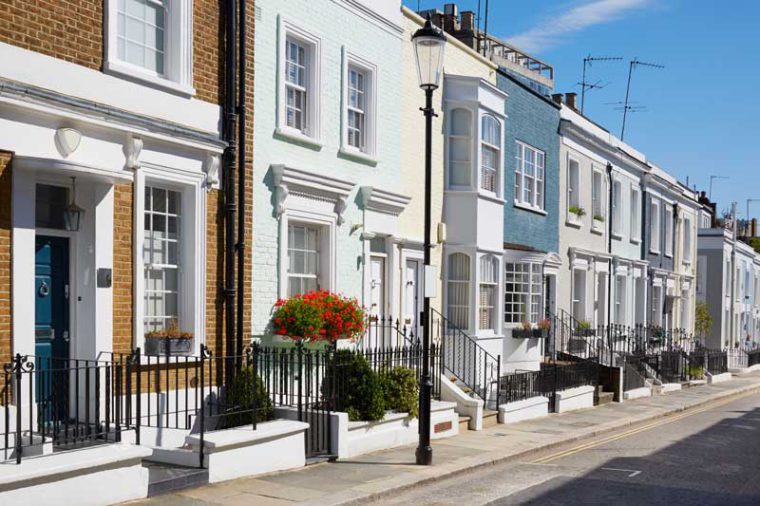If you own a listed building and are thinking about refurbishing to make the most of your building and its design, there are a number of things that you must first consider in both a design and legal sense. There are a number of pitfalls that you should avoid in order to make the most out of the design of your listed building. If you choose the right options and stick to the classic and designated legislation that restricts certain options, you can create your dream home from a listed building that otherwise had begun to look dated.
There are listed buildings all over the country, from the grand large buildings in London and Bath, to small cottages and buildings of historical and industrial importance in small country residences up and down the country. Whilst some listed buildings cost millions of pounds to buy, others require just a modest fee, but all have one thing in common, they need to be looked after in a very specific way.
The beauty of listed buildings is that the legislation was brought in to protect these properties from falling into disrepair due to their significance in some way, whether that is down to the startling design, the urban and historical importance or some other factor. The problem for homeowners of listed buildings is that this means that they are tasked with ensuring standards are maintained, sometimes to a high degree of detail, depending on the specific property. In some cases this means that the windows can never be replaced, or that any replacement of interior design has to be conducted with the original features intact, or replaced with items that carry the same style or finish.
For most people this is just too much to handle, as we are not used to treating anything we own with the careful hands of a museum curator and we all want to put our own mark on a new house, whether that be through interior design or by changing or adding to the structure in some way. This just isn’t always possible with a listed building, however. A Grade II listed building will have a structure of ‘special interest’, with Grade II * offering more than just special interest. Grade I is of ‘exceptional interest’. In al of these cases it is against the law to conduct any alterations to the structural integrity of a listed building (or sections of a building that holds special interest and is therefore the reason behind listed status) without first seeking permission. In these cases it can costs thousands of pounds for the restoration of a property to its original state.
Planning permission is possible for all listed buildings however, though it can be quite difficult in certain situations. For Grade II listed buildings, planning permission should be sought through the local authority, with English Heritage consent required for all other listed buildings. In all cases it makes sense to have on your side an architectural company with experience in working with listed buildings and an understanding of the integrity involved
Amy Wheeler

